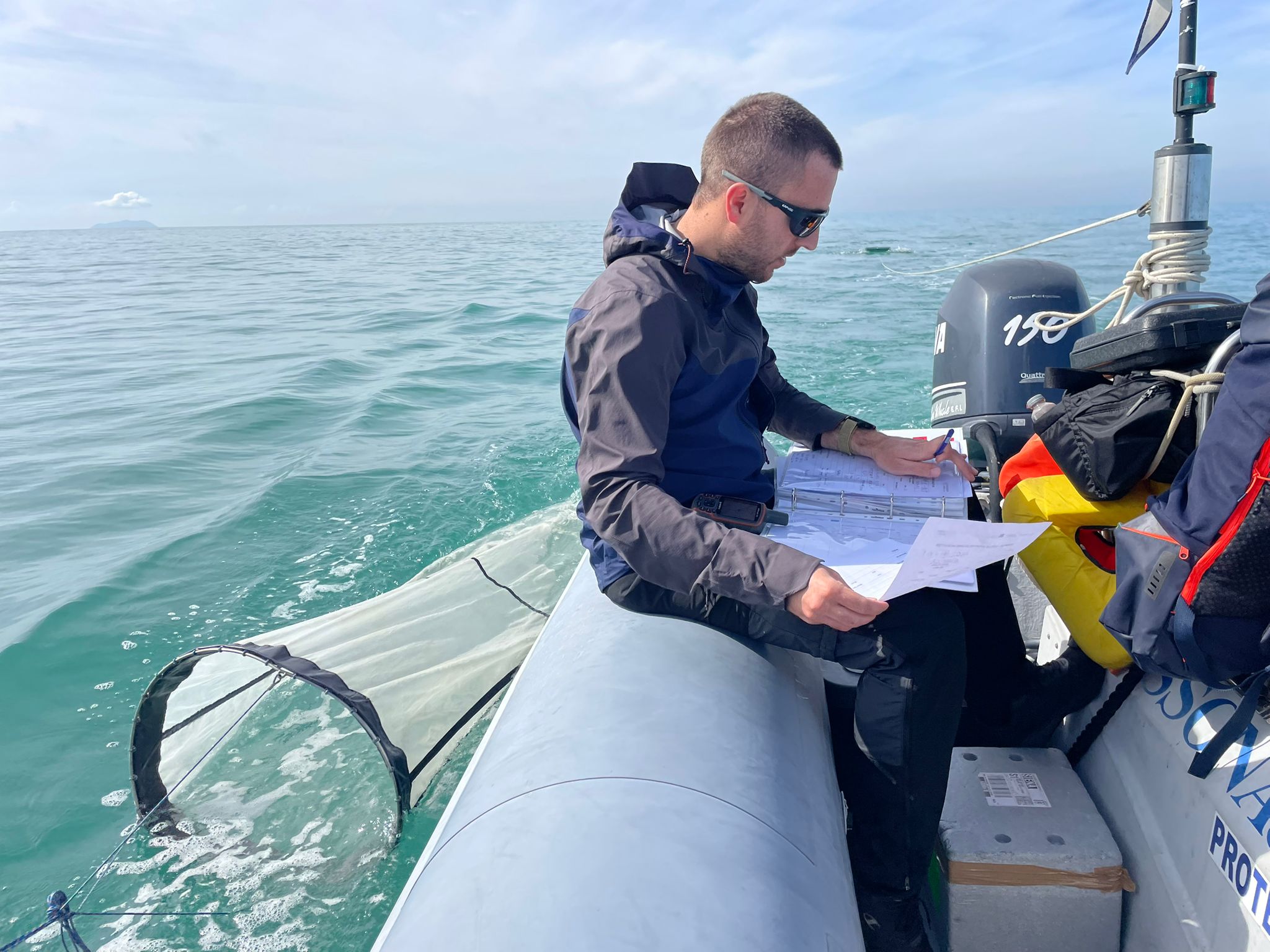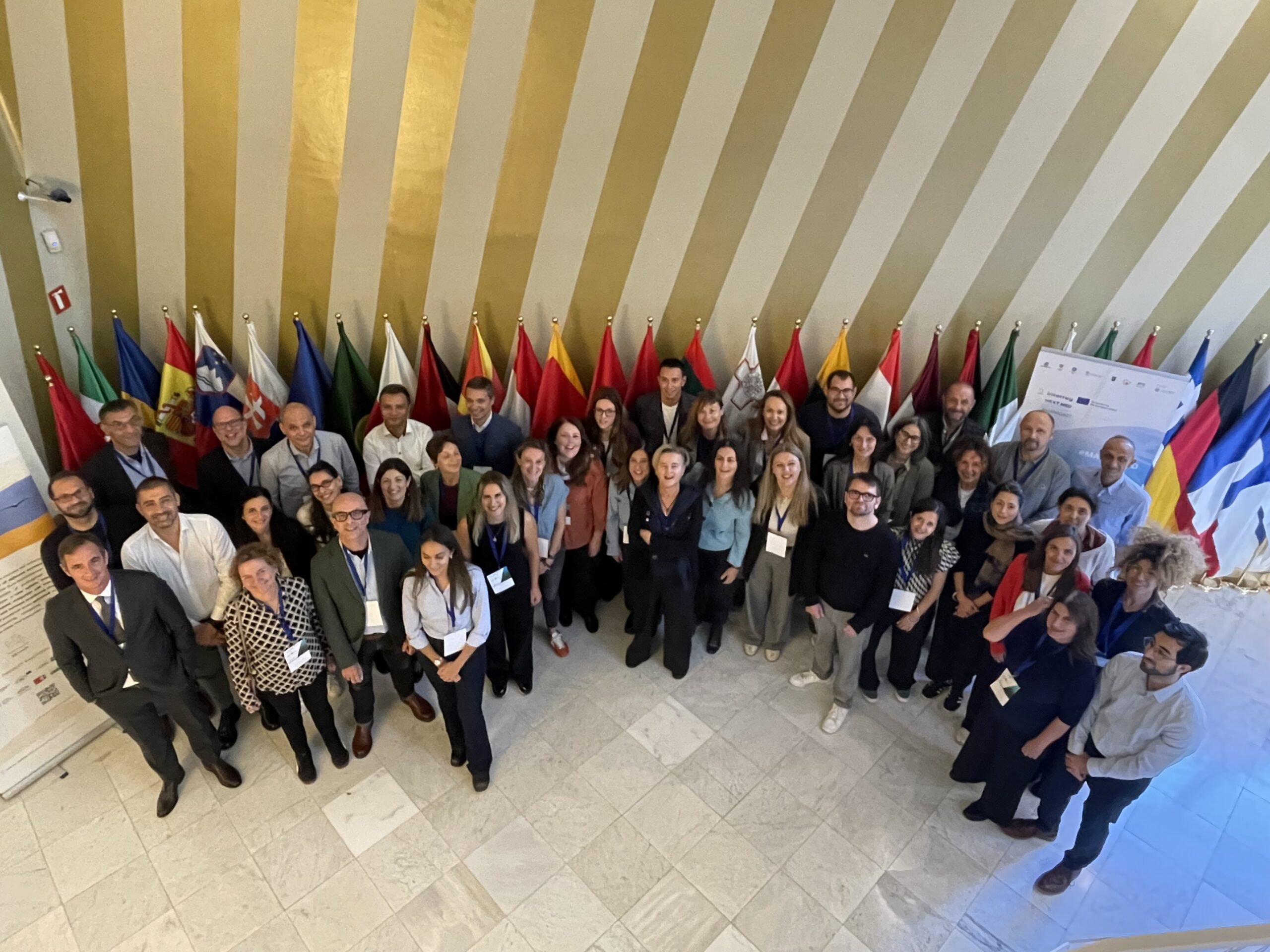The Interreg Euro-Med MIRAMAR project has officially started its first monitoring activities on seagrass meadows in the Meloria Marine Protected Area, located off the coast of Tuscany (Italy). The work is led by the University of Siena (UNISI) in collaboration with the San Rossore Migliarino Massaciuccoli Park Authority, and aims to assess how multiple human pressures are affecting one of the Mediterranean’s most valuable marine ecosystems.
Assessing how human pressures impact Mediterranean seagrass
Seagrass meadows —particularly those formed by Posidonia oceanica— are vital for the health of the Mediterranean Sea. They capture carbon, produce oxygen, stabilise sediments and provide habitats for hundreds of marine species. However, they are also among the ecosystems most threatened by human activity. Pollution, climate change, marine traffic and invasive species are creating cumulative stressors that weaken their resilience and reduce their capacity to recover.
Through the MIRAMAR project, scientists are combining innovative monitoring methodologies —including chemical analysis, remote sensing and biological indicators— to obtain a clearer picture of how these pressures interact. The data collected at Meloria will contribute to building a common framework for assessing cumulative impacts across the Mediterranean region.
“Understanding what harms seagrass meadows is essential if we want to protect and restore them. Monitoring is the first step towards effective conservation,” explained researchers from the University of Siena.
The Meloria MPA represents a key pilot area within the MIRAMAR network of case studies, which spans several Mediterranean Marine Protected Areas. The results obtained here will help guide mitigation measures and inform policies to safeguard marine biodiversity.
By listening to the signals of these underwater ecosystems, MIRAMAR and its partners aim to turn science into action —protecting the sea that connects us all.

“By monitoring seagrass meadows, we can better understand how human activities are altering marine ecosystems —and take action to protect them”


